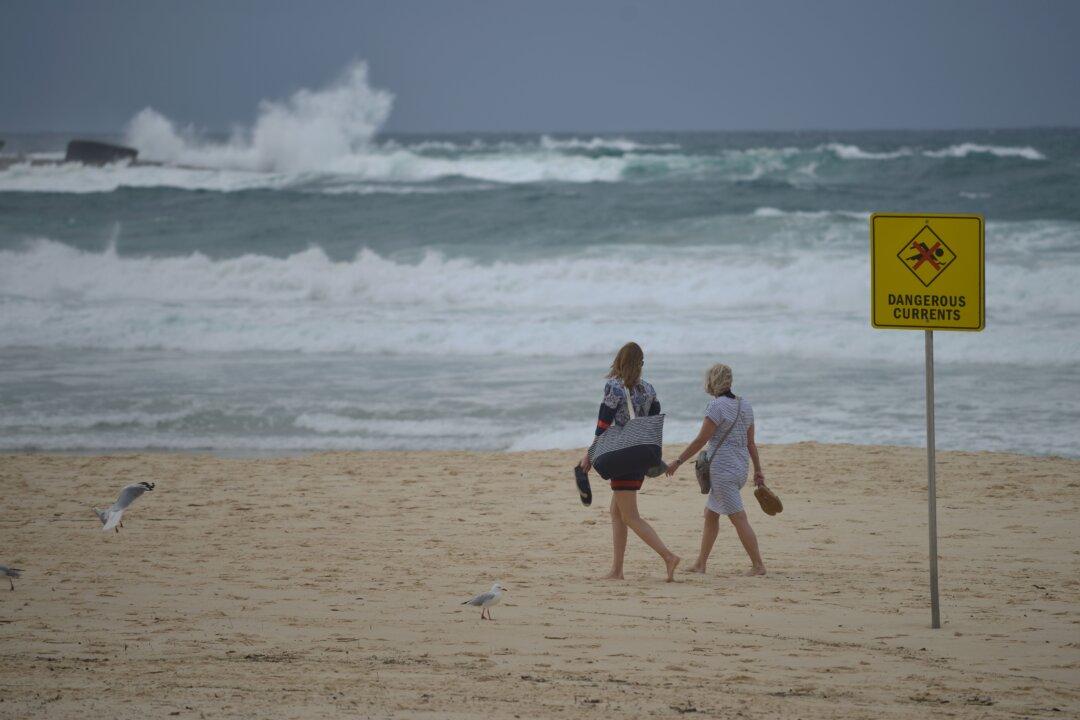A report in The Australian has warned that the integrity of Australia’s historical temperature record is being challenged after the Bureau of Meteorology (BoM) updated its temperature records for the second time in six years.
The report cited environmental scientist Jennifer Marohasy who questioned how BoM could have released an updated dataset called ACORN-SAT version 2 in October 2018 that “generated a 23 percent increase in the rate of warming, just through updating the official ACORN-SAT record.”





